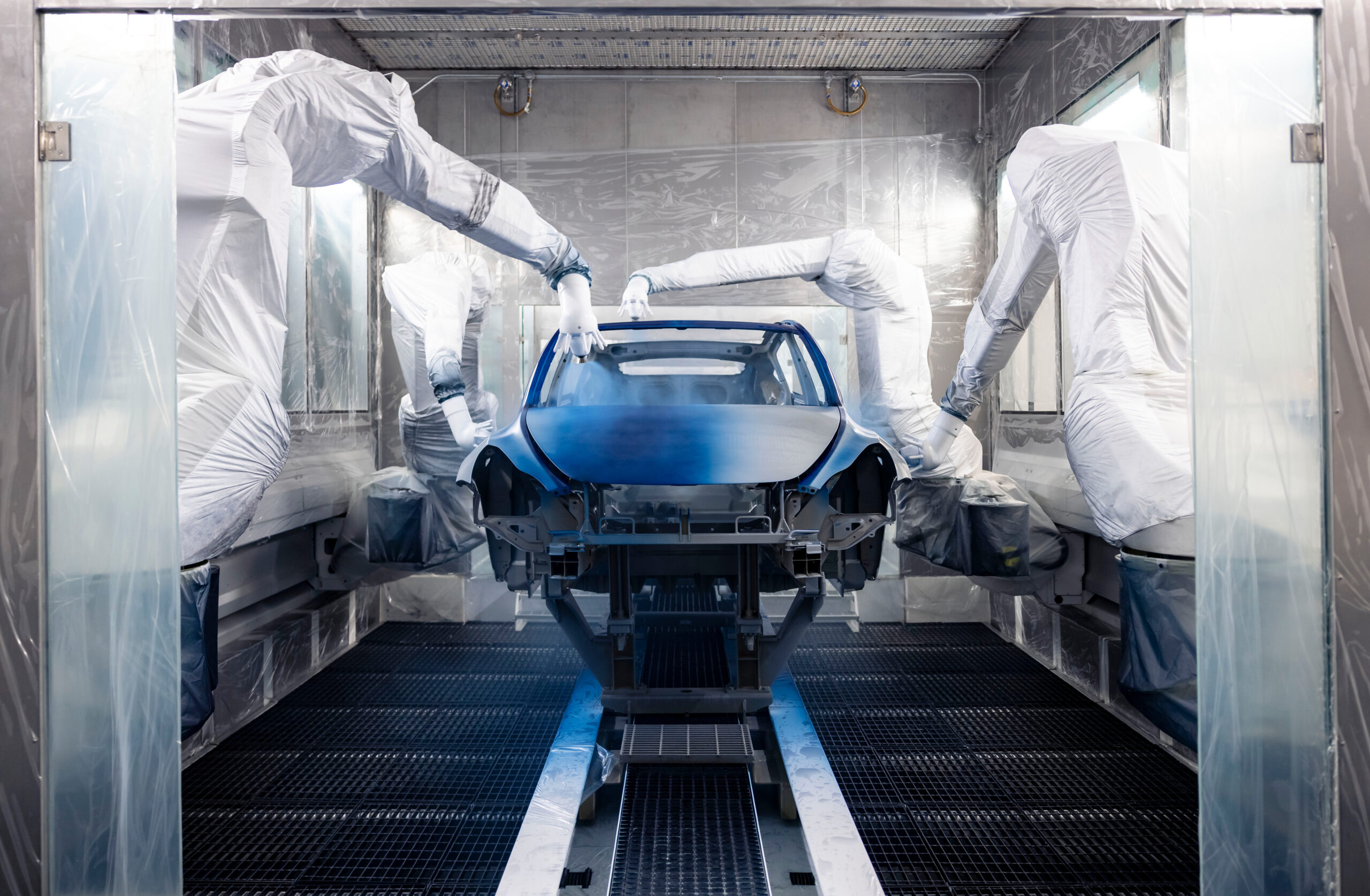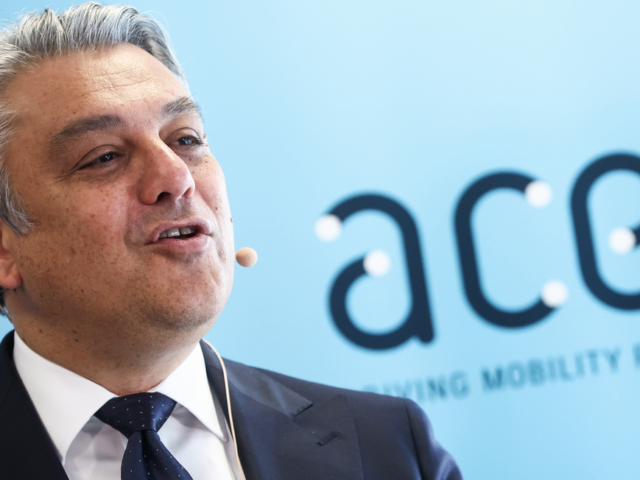
‘Cheaper produced EVs will be much costlier to repair than ICEs’

Tesla paved the way for affordable EV production, but there’s a trade-off. /Tesla
Automakers are racing to transform their supply chain and hereditary production plants from the ICE age into lean factories for EV productio


Comments
Ready to join the conversation?
You must be an active subscriber to leave a comment.
Subscribe Today